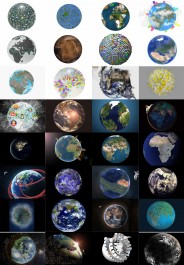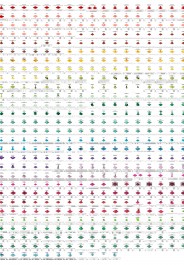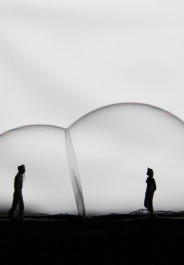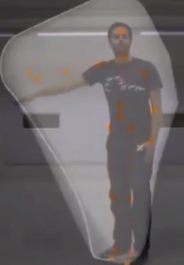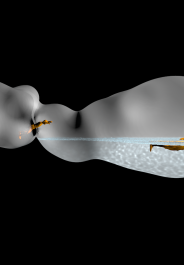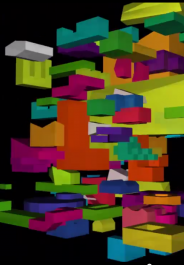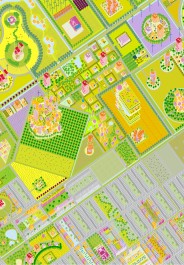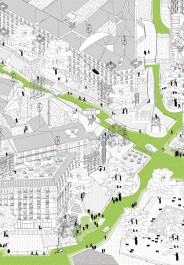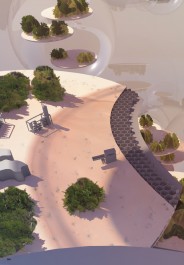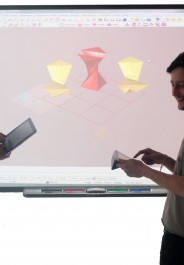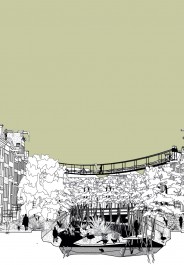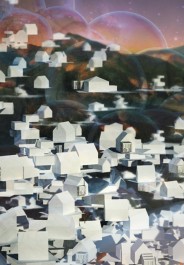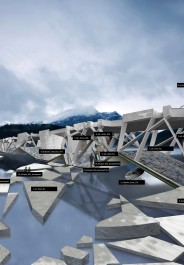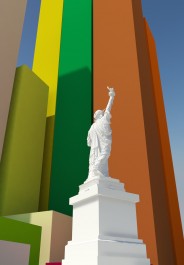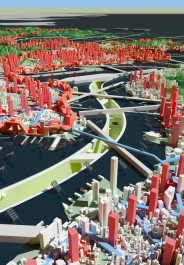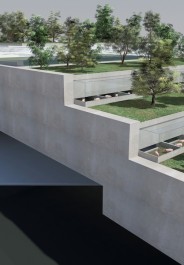Hong Kong is one of the most densely populated cities in the world. Almost 7 million people live in an area of 1,099 km2, in small apartments in high-rise developments. The city has the highest density of freeways and public transport in the world; still its green spaces are relatively vast. Despite its good financial standing and wealth, the city has been facing fierce competition from Singapore, Shenzhen, Shanghai and Seoul, since the opening of its borders. Shenzhen and Shanghai have become important financial hubs of South East Asia; the production of goods has moved further inland of the Pearl River Delta; the middle class moves out to Shenzhen in hope for a higher quality of life. What is left is a densely populated urban area geared towards commercial and retail facilities that lacks high-quality public spaces, cultural institutions and a sustainable approach to building.
